Specialized Video Moderation for Educational Platforms and Learning Environments
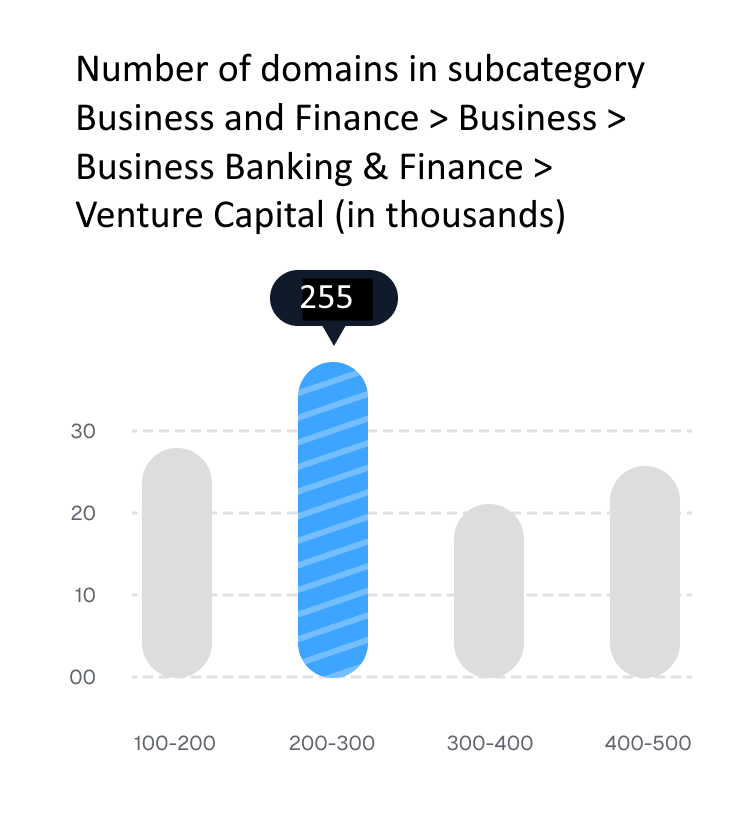
Educational technology platforms serve some of the most vulnerable user populations in the digital landscape, requiring the highest standards of content safety while maintaining the open, collaborative learning environments that make educational technology effective. From K-12 students to adult learners, educational platforms must balance comprehensive protection with the academic freedom necessary for meaningful education and intellectual growth.
The educational context presents unique moderation challenges where content that might be inappropriate in other settings serves legitimate educational purposes. Medical education requires anatomical content, history education involves discussions of violence and conflict, and science education may include potentially dangerous experiments or materials. Effective educational content moderation must understand these pedagogical contexts while maintaining absolute protection against inappropriate content targeting young learners.
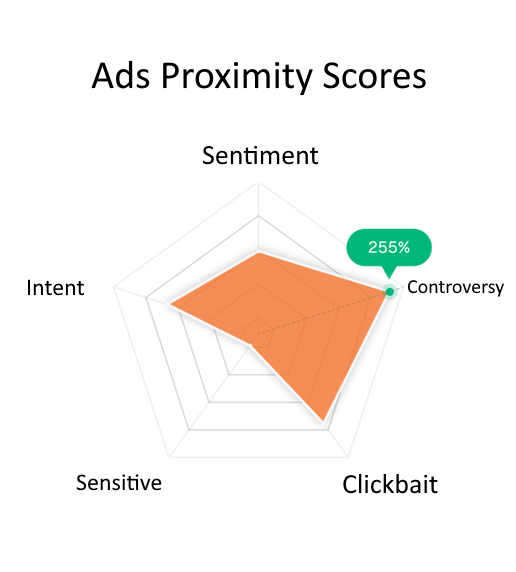
Educational platforms operate under strict regulatory frameworks designed to protect student privacy, ensure appropriate content standards, and maintain safe learning environments. Our educational moderation system provides comprehensive compliance with COPPA (Children's Online Privacy Protection Act), FERPA (Family Educational Rights and Privacy Act), and international educational privacy regulations while enabling effective content moderation.
COPPA regulations require special protections for children under 13, including restrictions on personal information collection, enhanced parental consent requirements, and heightened content safety standards. Our educational moderation system provides COPPA-compliant content analysis that protects young learners without collecting personal information or creating privacy violations.
The system's COPPA compliance includes specialized detection for content that might be inappropriate for young children, enhanced privacy protection for student-generated content, and administrative controls that enable educational institutions to maintain compliance with parental notification and consent requirements.
FERPA regulations protect student educational records and require specific handling of video content that might contain student information, academic performance data, or other protected educational information. Our system provides FERPA-compliant analysis that protects student privacy while enabling effective content moderation for educational purposes.
Educational record protection includes detection of inadvertent disclosure of student information in video content, protection of academic performance discussions, and secure handling of content that might contain protected educational information under FERPA guidelines.
Educational platforms serving international audiences must comply with varying educational privacy regulations across different jurisdictions. Our system supports compliance with European GDPR educational provisions, Canadian PIPEDA educational requirements, and other international frameworks that govern educational technology privacy.
Specialized safety measures and privacy protection for children under 13.
Educational record protection and student privacy safeguarding.
Compliance with international educational privacy and safety regulations.
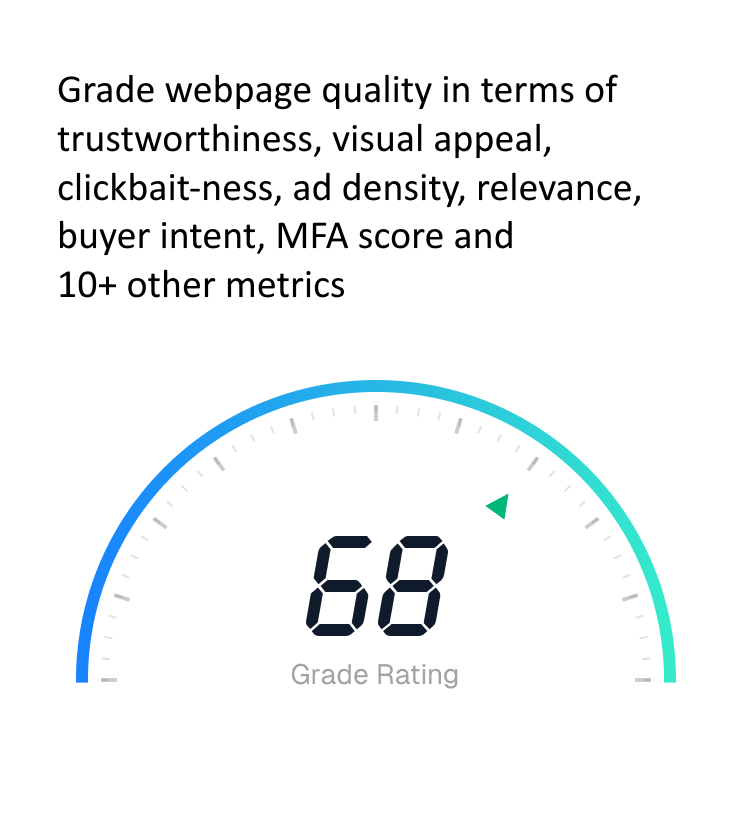
Educational platforms serve learners from early childhood through adult education, requiring sophisticated age-appropriateness analysis that considers both content characteristics and educational context. Our educational content analysis system provides age-specific evaluation that protects younger learners while enabling age-appropriate educational discussions of mature topics in higher education settings.
Different educational levels require different content standards based on developmental appropriateness, educational objectives, and institutional policies. Elementary education requires the most restrictive content standards, while higher education may appropriately include mature content for legitimate academic purposes. Our system adapts moderation standards based on educational level and institutional requirements.
The system understands developmental psychology principles that inform age-appropriate content standards, ensuring that content evaluation aligns with educational best practices and child development research. This includes consideration of emotional maturity, cognitive development stages, and social development factors that affect content appropriateness for different age groups.
Educational content often requires discussion of topics that might be inappropriate in non-educational contexts. Medical education, history education, science instruction, and social studies curricula may include content that serves legitimate educational purposes while requiring special handling to ensure age-appropriateness and educational value.
Our educational context analysis examines pedagogical intent, instructional design, educational objectives, and institutional approval to determine when potentially sensitive content serves legitimate educational purposes and should be permitted with appropriate age restrictions or educational context warnings.
Educational platforms require robust parental and administrative controls that enable schools, parents, and educational institutions to implement their specific content standards and educational policies. Our system supports customizable content filtering that aligns with institutional policies while maintaining comprehensive safety protection.
Age-specific content evaluation based on child development principles.
Understanding of legitimate educational purposes for potentially sensitive content.
Customizable content standards aligned with educational institution requirements.
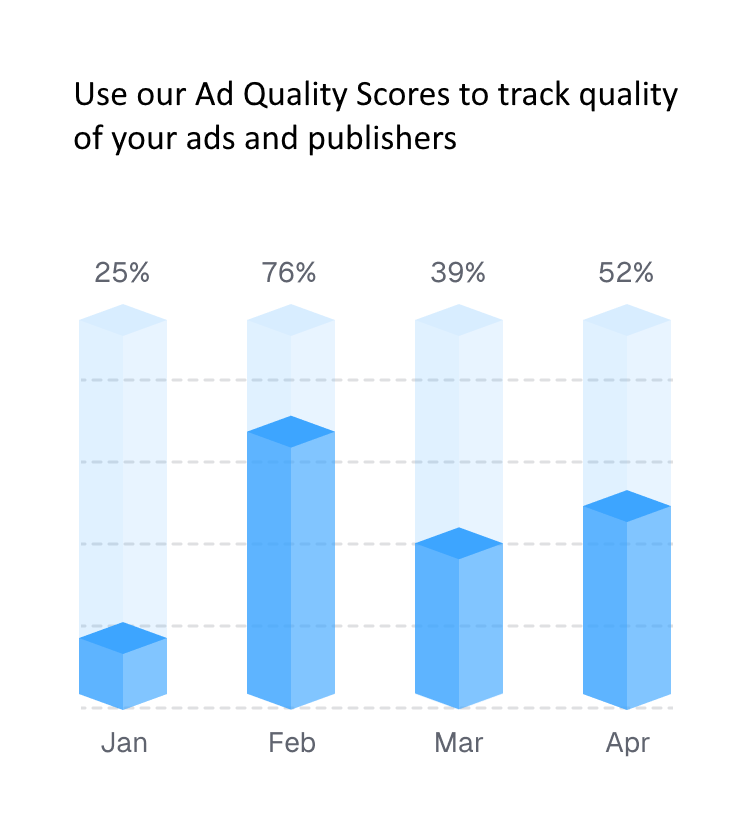
Educational video platforms must provide comprehensive protection against cyberbullying, harassment, and other forms of student-to-student abuse that can have serious educational and psychological consequences. Our student safety system provides specialized protection designed for educational environments where peer interaction is essential but must be carefully monitored to prevent harm.
Educational cyberbullying often involves academic performance mockery, social exclusion, appearance-based harassment, and other forms of peer abuse that can seriously impact student learning and well-being. Our cyberbullying detection system recognizes education-specific harassment patterns while distinguishing between legitimate academic discussion and harmful peer interactions.
The system identifies escalating harassment patterns, coordinated exclusion efforts, and other forms of systematic peer abuse that require intervention. Academic cyberbullying detection includes recognition of performance-based harassment, learning disability mockery, and other forms of educational harassment that particularly impact student success and engagement.
Educational platforms require monitoring of teacher-student interactions to ensure appropriate professional boundaries, prevent inappropriate relationships, and maintain safe educational environments. Our monitoring system provides discrete oversight that protects students while respecting legitimate educational interactions and professional autonomy.
The system identifies boundary violations, inappropriate personal interactions, and other warning signs that might indicate professional misconduct while avoiding interference with legitimate educational relationships and academic mentorship that benefits student learning.
Educational platforms often facilitate peer collaboration, group projects, and student interaction that requires safety monitoring while preserving the collaborative learning benefits of peer interaction. Our collaborative safety system enables secure peer interaction while preventing harassment, inappropriate content sharing, and other safety concerns.
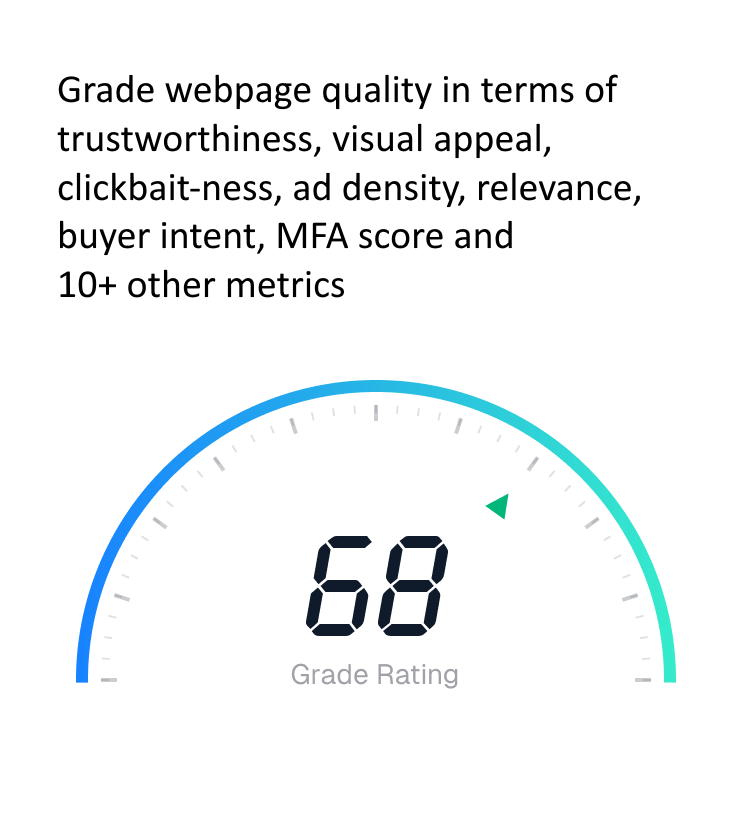
Educational video platforms must maintain high standards for educational content quality, academic accuracy, and intellectual integrity while preventing plagiarism, misinformation, and other forms of academic misconduct. Our educational quality system provides comprehensive evaluation that supports academic excellence while maintaining content safety standards.
Educational misinformation can have serious consequences for student learning and academic development. Our misinformation detection system identifies factually inaccurate content, pseudoscientific claims, and misleading educational information while respecting academic freedom and legitimate scholarly debate.
The system distinguishes between legitimate academic controversy and harmful misinformation, protecting students from false information while preserving the intellectual freedom necessary for meaningful education and scholarly inquiry.
Video-based assignments and presentations require plagiarism detection capabilities adapted for multimedia content. Our academic integrity system identifies copied content, unauthorized collaboration, and other forms of academic misconduct in video submissions while supporting legitimate collaboration and creative expression.
The system analyzes visual content, audio transcription, and presentation elements to identify potential plagiarism while distinguishing between misconduct and legitimate use of educational resources, collaborative learning, and creative adaptation of educational material.
Educational platforms often include user-generated educational content that requires quality verification to ensure accuracy and educational value. Our educational resource evaluation system assesses content quality, pedagogical effectiveness, and academic accuracy to support high-quality educational experiences.
Detection of misinformation and factually incorrect educational content.
Academic integrity monitoring for video-based assignments and presentations.
Evaluation of user-generated educational content for accuracy and pedagogical value.
Educational video moderation must integrate seamlessly with existing learning management systems (LMS), student information systems, and educational technology infrastructure to provide comprehensive protection without disrupting educational workflows or technology environments.
Our educational moderation system integrates with major LMS platforms including Canvas, Blackboard, Moodle, Google Classroom, and institutional custom systems. This integration enables automated content moderation within existing educational workflows while maintaining compatibility with institutional technology standards.
Educational content moderation must support common educational workflows including assignment submissions, peer review processes, collaborative projects, and multimedia presentations. Our system integrates with these educational processes while providing comprehensive content safety evaluation.
Educational institutions require detailed reporting and analytics about content moderation activities, safety incidents, and platform usage patterns for administrative oversight and compliance documentation. Our system provides comprehensive educational analytics that support institutional management and regulatory compliance.
Different educational sectors present unique moderation challenges that require specialized approaches and understanding of sector-specific requirements, student populations, and educational objectives.
Elementary and secondary education platforms require the most restrictive content standards with enhanced privacy protection, parental involvement capabilities, and developmental appropriateness evaluation. Our K-12 specialized features provide comprehensive protection for younger learners while supporting engaging educational experiences.
University and college platforms require more permissive content standards that support academic freedom, research discussion, and mature educational topics while maintaining appropriate safety standards. Our higher education features balance intellectual freedom with comprehensive protection.
Professional education platforms serve adult learners with specialized content requirements, professional development objectives, and industry-specific educational needs. Our professional education features support specialized content while maintaining appropriate safety and quality standards.
Educational platforms serving students with special needs require enhanced accessibility features, specialized content evaluation, and adaptive safety measures that account for diverse learning needs and abilities. Our accessibility-focused features ensure inclusive educational safety.
Educational technology continues to evolve with virtual reality learning, AI-powered tutoring, personalized learning platforms, and immersive educational experiences that create new safety challenges and opportunities. Our ongoing development focuses on adapting to these emerging educational technologies while maintaining comprehensive protection for evolving learning environments.
Artificial intelligence advances in educational technology, adaptive learning systems, and personalized content delivery will enable more sophisticated educational experiences while requiring corresponding advances in content safety and student protection capabilities.
Educational technology platforms represent a critical intersection of student safety, academic freedom, and regulatory compliance that requires sophisticated moderation approaches balancing comprehensive protection with educational effectiveness. Our educational moderation solution provides the technological foundation necessary to maintain safe, compliant, and effective learning environments for students of all ages.
For educational platforms serious about student safety and academic excellence, implementing specialized educational content moderation is essential for creating trustworthy learning environments that support both safety and educational achievement.